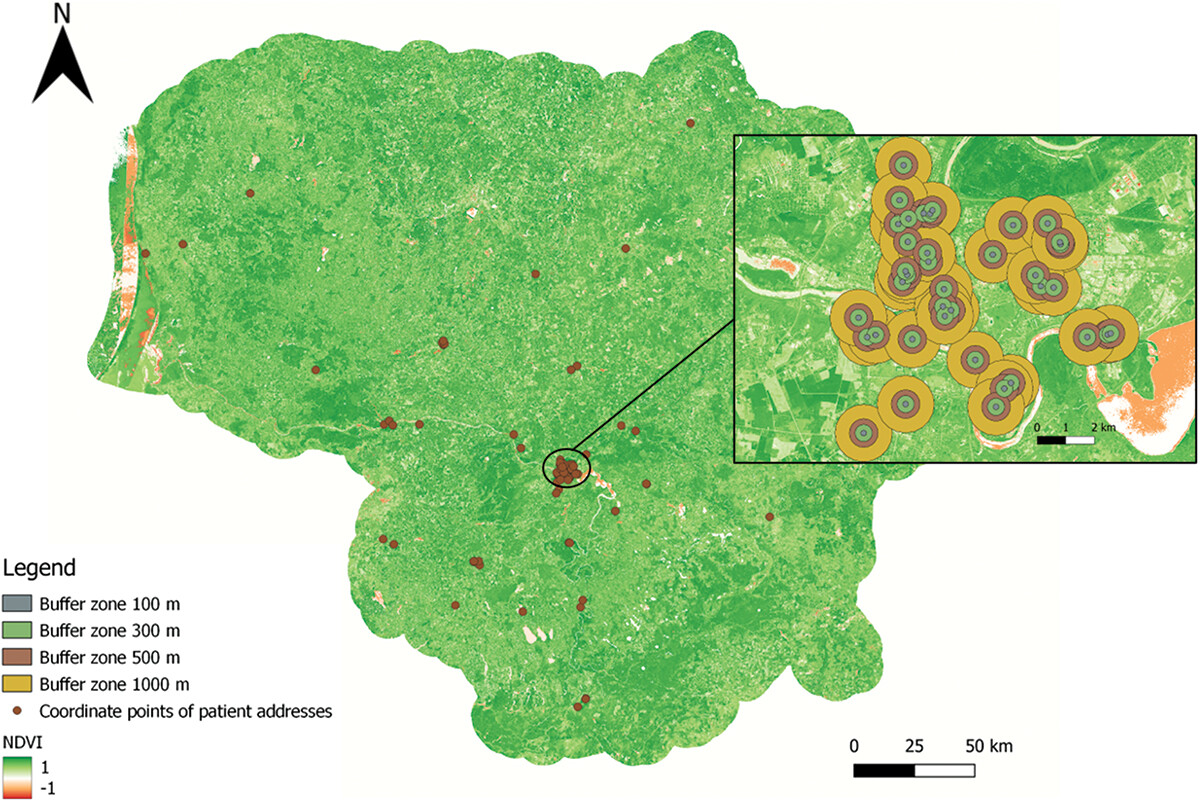City Know-hows

Urban greenness affects people’s physical and mental health. Residential greenness is associated with reductions in cortisol levels after six months in patients with chronic heart failure undergoing rehabilitation.
Share
Target audience
Healthcare professionals and urban infrastructure coordinators.
The problem
Heart failure accounts for the majority of hospitalizations for cardiovascular diseases. It has been found to increase cortisol levels, which increases, and is associated with overall mortality. Urban greenery can improve physical and mental health and reduce stress.
What we did and why
Urban greenness reduces the burden of physiological stress and improves cortisol levels, which, in turn, improves the condition of people with cardiovascular diseases. We identified an association between changes in cortisol levels at six months with exposure to green surroundings in urban patients with short-term and long-term aerobic training as needed during rehabilitation. Greater damage may be related to cortisol concentration disorder in patients after rehabilitation, related to health disorders in heart failure.
Our study’s contribution
We showed that changes in cortisol levels were significantly related to the greenness of the residential environment. Interestingly, a stronger effect of environmental greenness on cortisol reduction was observed when cortisol samples were taken after 10 AM.
Impacts for city policy and practice
We leave cities with two issues to consider.
Firstly, the more green spaces in the city and the better their availability – the greater the possibility of sustainable mobility. Secondly, natural elements in cities can contribute to improving urban air, microclimate regulation, and also can improve mental health by reducing stress.
Further information
Full research article:
The associations of residential greenness with cortisol in patients with heart failure by Sonata Cerkauskaite,, Raimondas Kubilius, Sandra Andrusaityte and Jone Vencloviene.
Related posts

Emotions are an inherent aspect of people’s lives, and understanding the emotional response of people to the built environment can offer valuable insights into the spatiotemporal characteristics of urban spaces and their impact on the well-being of residents.

To improve health and wellbeing in cities, municipality employees, urban planners, architects, politicians, citizens, NGOs and funders can benefit by using the collective impact model for working effectively together.

Canadian youth who had better mental health during the first summer of the pandemic tended to also have more nearly local neighbourhood destinations.